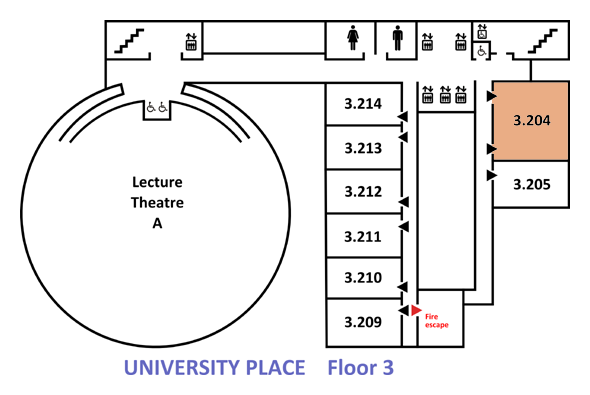
|
iCHSTM 2013 Programme • Version 5.3.6, 27 July 2013 • ONLINE (includes late changes)
Index | Paper sessions timetable | Lunch and evening timetable | Main site |

|
iCHSTM 2013 Programme • Version 5.3.6, 27 July 2013 • ONLINE (includes late changes)
Index | Paper sessions timetable | Lunch and evening timetable | Main site |
‘Science’ and ‘Medicine’ are two objects of study characterized by great complexity and covering a large territory. But historians have traditionally considered that their professional, cultural and epistemological boundaries could be clearly defined, at least with regard to each other. The distinction between science and medicine, often represented in oppositional terms, is still part of a standard historical narrative, which reproduces this tension and is restrictive in considering the interaction between these two fields and its nature. Thus, for instance, the making of modern medicine through the introduction of laboratory science in medical practice is a classic framework in which ‘science’ and ‘medicine’ are considered as two mutually exclusive fields and the latter is subordinated to the former in being depicted as ‘applied science’. Physiology and bacteriology have conventionally been the paradigm in this historiographical framework which posits an implicit subordination of medicine to science when not an essential tension. This is currently giving way to a more symmetrical conceptualization, prompted by the study of contemporary developments such as the rise of biomedicine. However, this growing historical literature has not been able yet to reshape the basic framework by which the study of the intersections and interactions of science and medicine are commonly described. The question is historically complex, since historical actors themselves have often built their own scientific or medical identities, precisely in opposition to each other and to a set of distinct skills and practices.
It is increasingly visible that, in spite of the historical differences between science and medicine, these two areas have been far more promiscuous than conventionally held. They can in fact be characterized by a large number of entangled problems, mediating instruments and shared spaces. This symposium is connected to recent calls to overcome the opposition, which has affected science and medicine, but also their respective historians. One of its aims is to bring together different approaches used in the historical study of science and medicine to understand a series of situations involving promiscuity and entanglement in scientific and medical practices.
Guiding questions in this symposium are: How have physics, chemistry, engineering, and medicine mutually shaped each other? How were perceived the different standards of proof in medicine and in the physical sciences? What was the respective role of scientific and medical experts in the definition of health problems and policies? What is the role of quantification and statistics in creating scientific and medical objects of inquiry? What is the role of technology both in the making of scientific disciplines and medical specialisms? How did data and objects flow between medical practice and laboratory science (and vice versa)? What were the most important spaces of exchange and trading zones? How did science, medicine and engineering intersect with economy and politics?
This symposium includes eight case studies which deal with objects and spaces of exchange such as medical geography, nutrition studies, medical physics, forensics, toxicology, occupational and environmental health, tropical medicine, biotypology, epidemiology and statistics, between the late eighteenth century and the early twentieth century in Colombia, France, Brazil, Spain, Mexico, and the African continent.

